Best fire-resistant trees – 6 varieties that work for fire-smart landscaping
Protect your home by creating a defensible space with fire-resistant trees that look beautiful, too
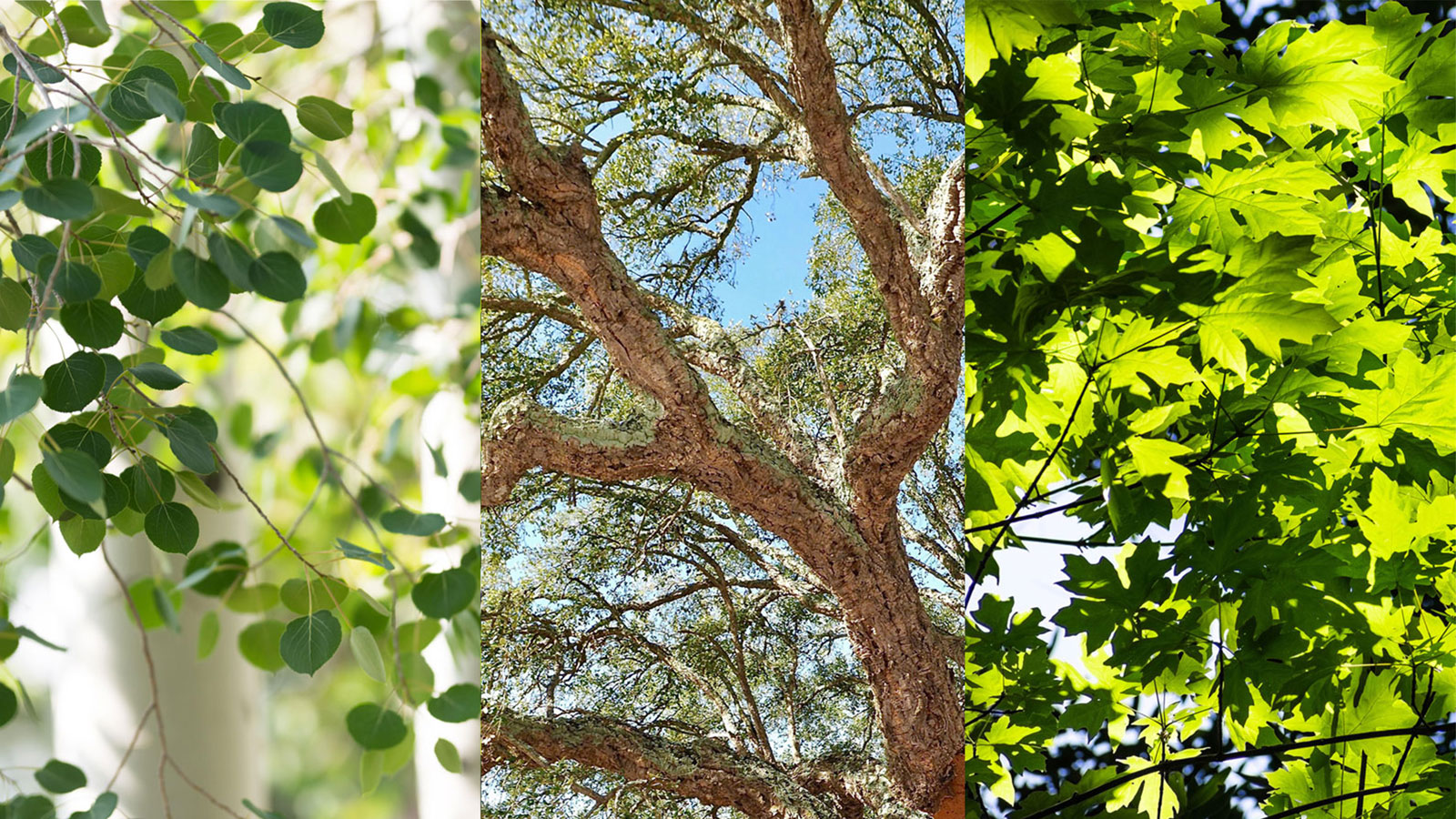

If you live in an area that's prone to wildfires but want to add trees to your landscape the good news is you can - as long as you choose the right variety. Deciduous trees, for example, are more fire-resistant than coniferous, evergreen ones. Their leaves have a higher moisture content and there are no leaves on the tree for several months of the year, which means the risk of ignition is lower.
The best fire-resistant trees are adapted to halt the progress of flames or at least slow down the fire. They tend to have a thick bark, a lack of branches low to the ground, and a high moisture content, plus they don't accumulate either dead wood or leaves. There are even some trees that thrive when periodically exposed to fire.
You will also need to factor in your growing zone to see what will work best in your area. If you're looking for firescaping ideas, here is our expert selection of trees to help you find one that suits your own particular set-up.

The quaking aspen is one of the best fire-resistant trees
6 of the best fire-resistant trees
When looking for the best fire-resistant trees, keep one very important point in mind before you make your choice. You need to know the tree’s mature height to determine how far from your home to plant it.
'A tree that will grow to 40 feet tall should be planted at least 45 feet from the upwind side of a structure, measured from the outer dripline of the mature tree to the structure,' according to firescaping experts and plant ecologists Rachel Schleiger and Adrienne Edwards. 'Keep in mind that many native species grow slowly the first two to three years, as their root systems develop, and then grow more rapidly once established.'
When landscaping around trees you always need to know the mature size of a tree, so you can place it a sufficient distance from walls, roofs, fences, and power lines to avoid it becoming a source of ignition.
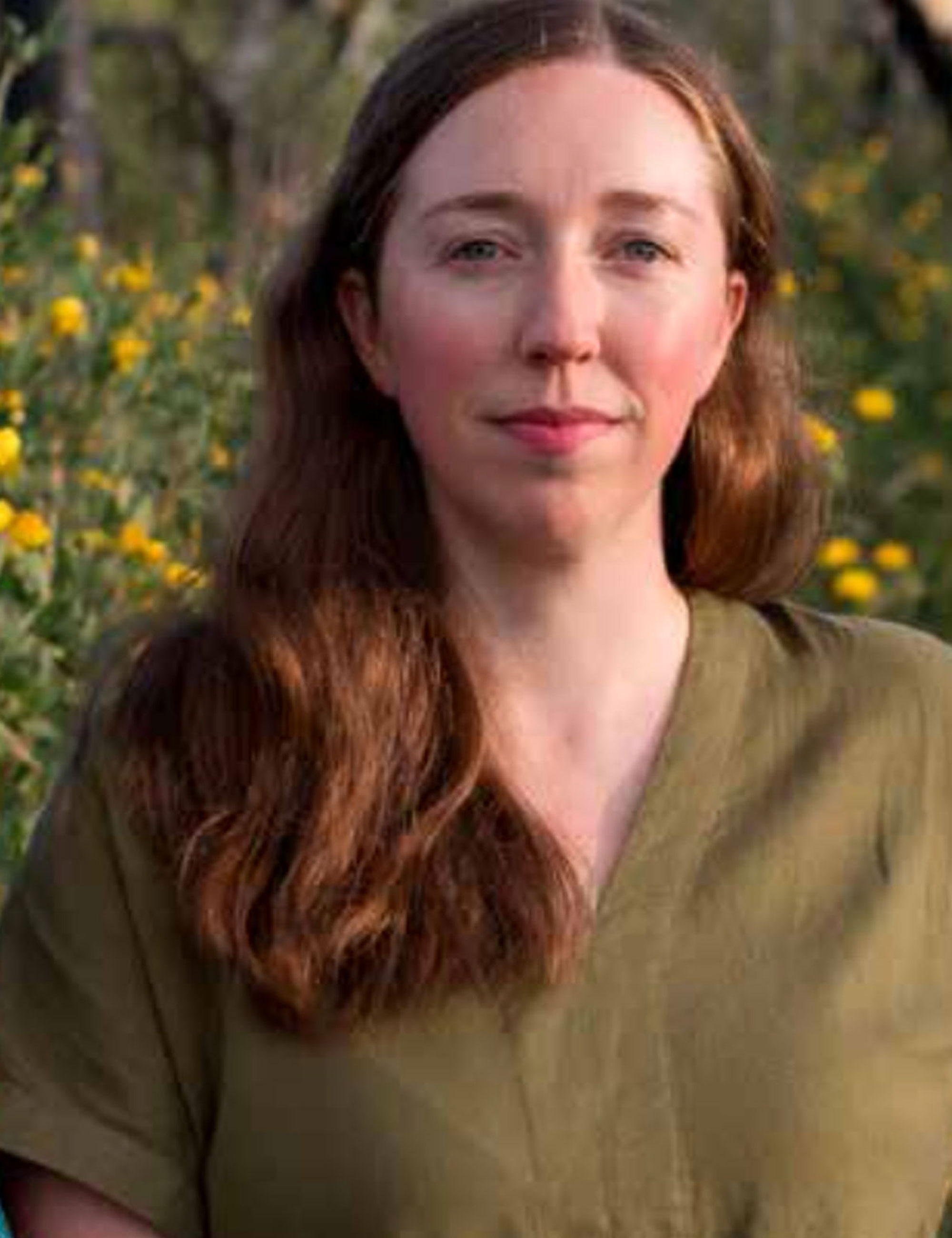
Rachel specializes in restoration ecology. She has lived in the Sierra Nevada foothills most of her life. Her family and property survived the deadliest and most destructive western fire on record, the 2018 Camp Fire. Since then, she has developed a curriculum to teach about wildfire, both in person and online through Butte College. She is currently a faculty lecturer at both Butte College and California State University, Chico.
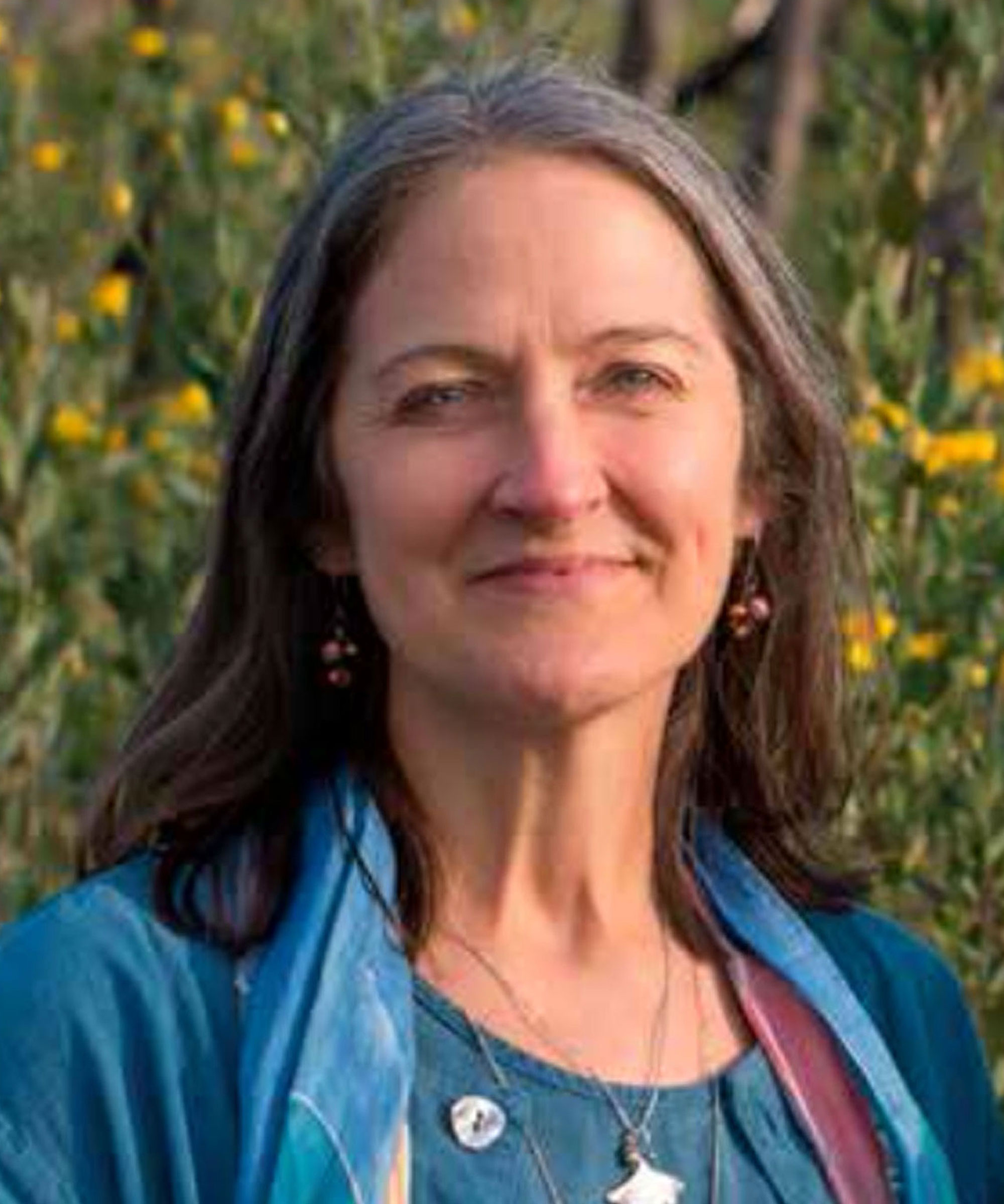
Adrienne is a plant ecologist, garden designer and environmental consultant. She began her botanical odyssey in the Southeast, spent time in the Midwest, and since 2006 has lived and worked in northern California. After more than 30 years' experience teaching, researching and consulting, plants continue to be her muse. She is currently a faculty lecturer at California State University, Chico.
1. Cork oak

USDA hardiness zones: 8-10
Height and spread: 40-70 feet
If you have a big yard and want a statement landscaping tree but live in a wildfire area this could be the one for you.
The clue to how this variety survives fire is in the name. The trunk and branches are covered with a thick, corky, furrowed bark that forms a barrier to protect the tree’s living layer. This means that the Quercus suber tree, as it's also known, will recover and regrow after experiencing a wildfire.
Another plus is that the leaves stay on the branches all winter long to add interest to the garden, then sheds them in spring just as the new leaves appear. Cork oaks like a sunny spot and well-drained soil, and don't need too much pruning. Their lovely leafy canopy means they are one of the best trees for shade too.
2. Bigleaf maple
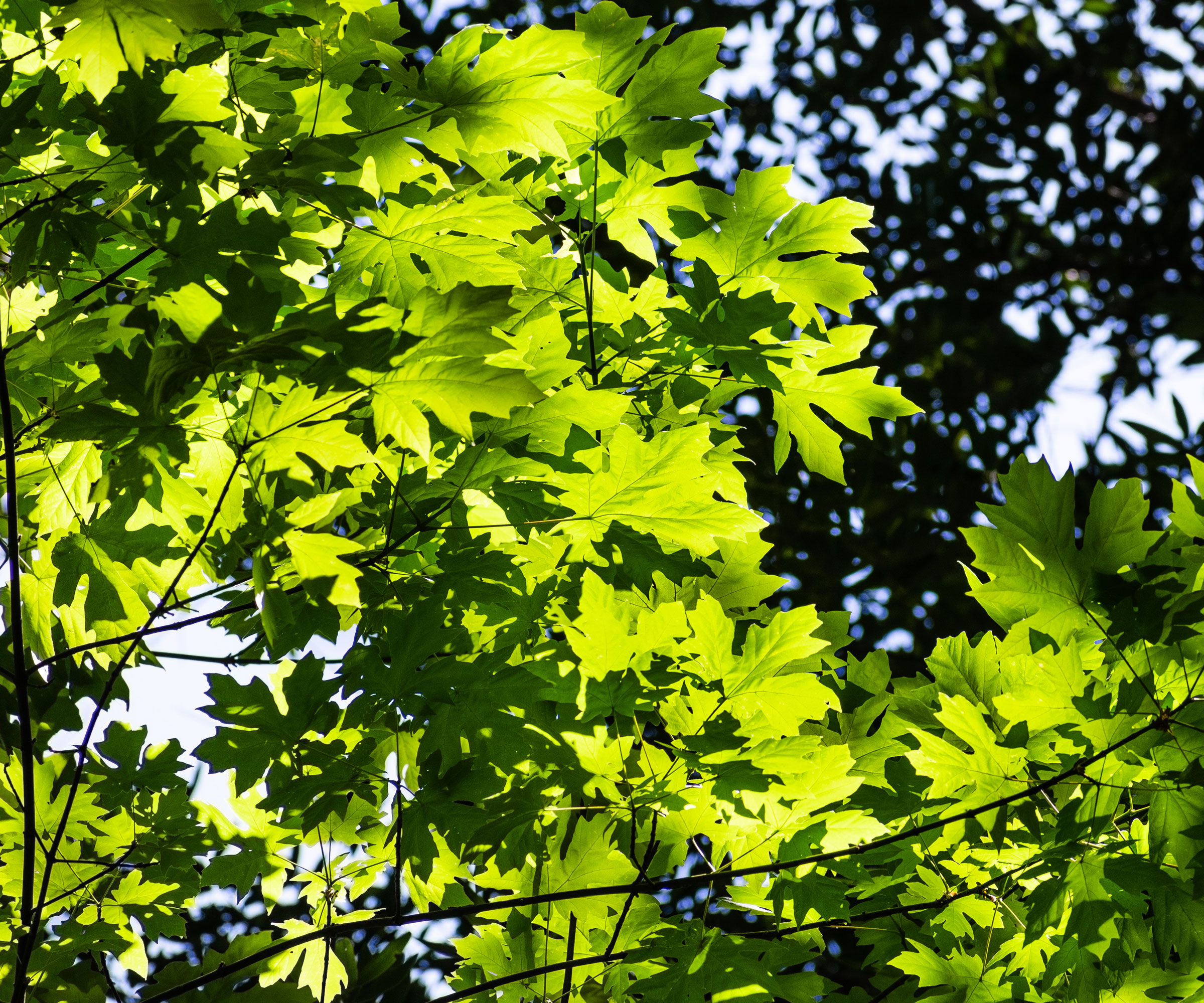
USDA hardiness zones: 3-9
Height and spread: 50-70 feet
As you would expect from the name, the bigleaf (or Oregon) maple is a large deciduous tree with the biggest leaves of any maple. The palm-shaped leaves are 8-12 inches across, while the light green flowers form pendulous clusters in spring.
Also known as Acer macrophyllum, the bigleaf is native to the western US, mostly near the Pacific coast. It has special adaptations to help it cope with fire, and these take the form of adventitious buds on the root crown that mean it will sprout new leaves after even the most severe fire event.
It's another one to consider for landscaping if you have plenty of space. Alternatively keep is pruned if you want to contain its size. It's a great wildlife tree too, providing nectar for pollinators and shelter for nesting birds. As you would expect from a maple it's one of the best trees for fall color too with beautiful golden tints to the leaves.
3. Red alder

USDA hardiness zones: 5-8
Height and spread: 45-50 feet
The largest American alder, this is a rapidly growing, medium-sized, deciduous tree that grows in the Pacific Coast region from southeast Alaska to southern California.
This lovely tree, which is also known as Alnus rubra, has an open growth habit with spreading branches, attractive gray-white mottled bark, and clusters of elegant pendulous catkins. Although the bark is thin it is sufficiently fire resistant to protect the tree from light surface fires. An extra useful attribute is that the foliage and dropped leaves do not ignite easily.
Red alder is a species that quickly colonizes burned areas after wildfires. It has plentiful seeds that are carried by wind and establish themselves in the exposed soil after fires.
4. Serviceberry
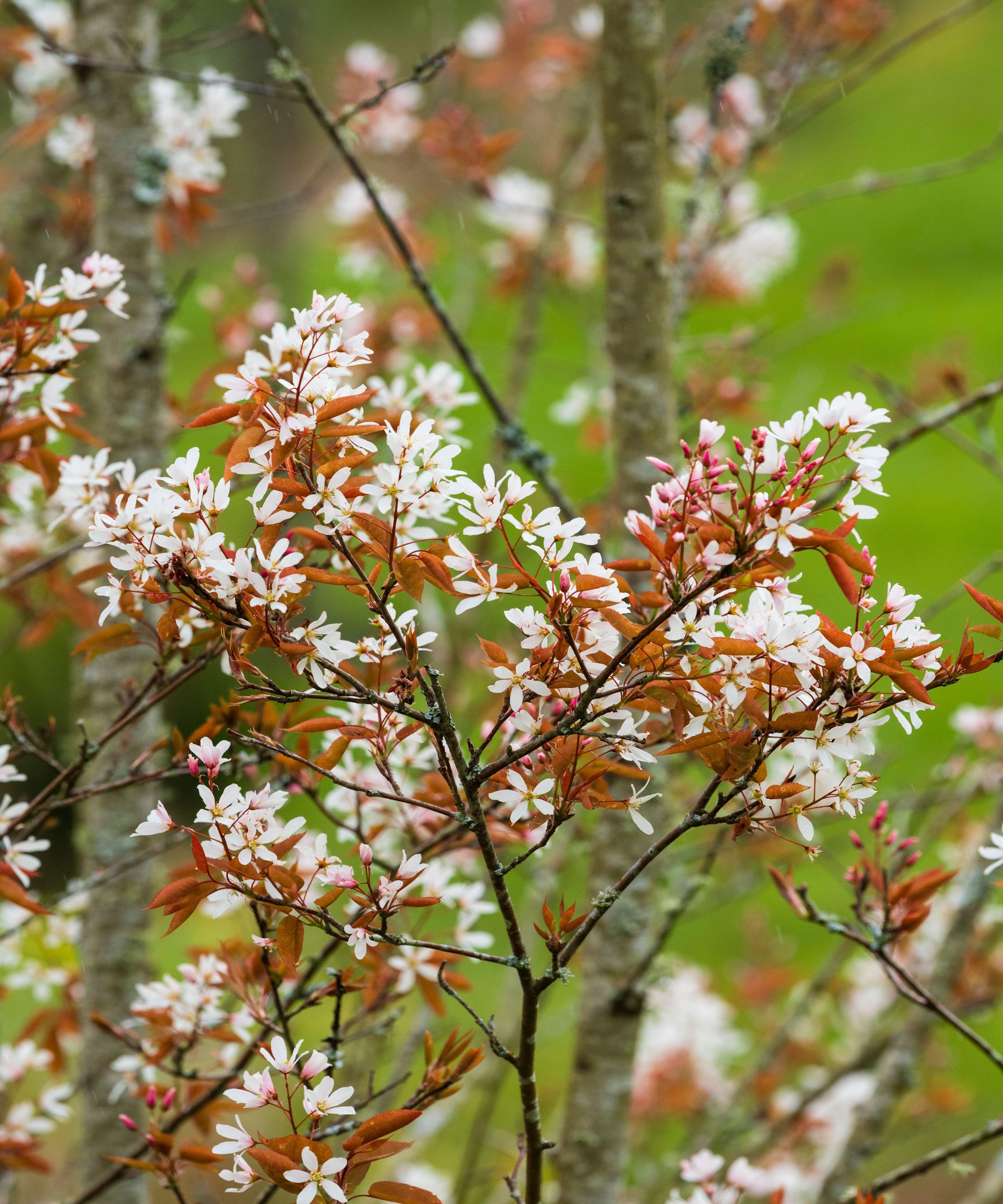
USDA hardiness zones: 4-8
Height: 8-12 feet
This small, ornamental, multi-stemmed tree is a great fire-resistant choice if you're looking for the best trees for small gardens. The open branching habit means they are easy to keep in shape and get rid of any dead wood that could ignite in a wildfire situation. The leaves of serviceberry are moist too, which is another plus when ticking the list for best fire-resistant trees.
It's good to plant a tree that will support wildlife too and serviceberry certainly delivers, with spring blossom for pollinators, and berries or fruits in fall. Also known as Amelanchier, juneberry, saskatoon, shadbush, serviceberry is native to North America, easy to grow and offers year-round interest, especially in fall when its foliage turns a dramatic red-orange color.
The 'autumn brilliance' serviceberry is available from Nature Hills.
5. Eastern redbud
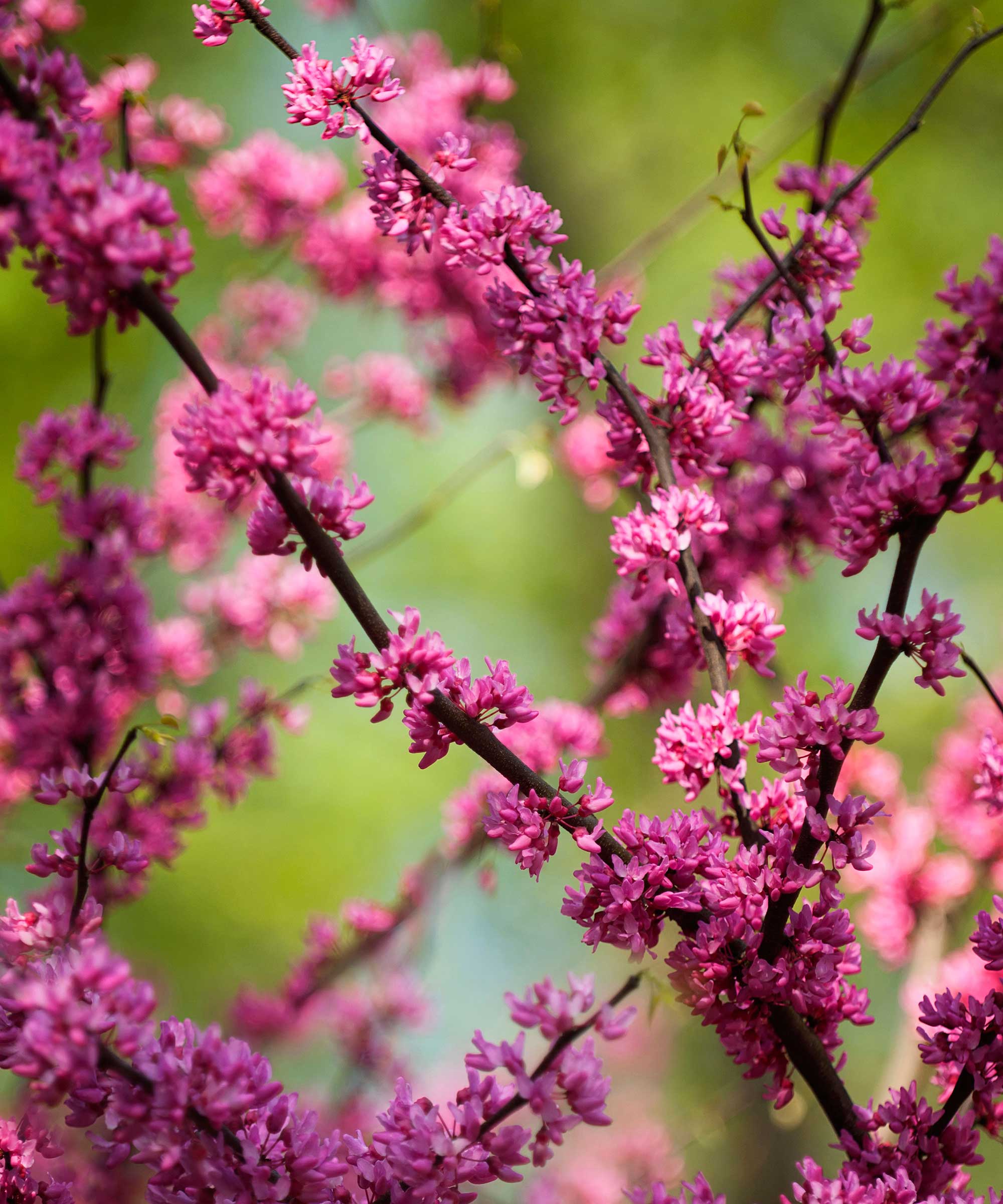
USDA hardiness zones: 4-9
Height: 20-30 feet
A small and very attractive ornamental tree, this fire-resistant variety is covered with showy cerise blooms in early spring that give it a real standout quality. Another plus is that the heart-shaped leaves turn a pretty shade of yellow in fall.
Also known as Cercis canadensis, eastern redbuds are a popular choice for landscaping, especially xeriscaping projects, as it's a drought-tolerant variety. Its natural habitat is eastern woodlands, from New Jersey through to West Virginia, Georgia down to northern Florida, and across the Mississippi plains.
Prune any crossing, diseased, or dead branches to keep your tree free of any material that could help spread flames. Eastern redbud is rated as fire tolerant due to its habit of sprouting vigorously after wildfires that helps to regenerate an area.
Eastern redbud trees are available from Fast Growing Trees.
6. Quaking aspen

USDA hardiness zones: 1–8
Height: 30-40 feet
The high moisture content of quaking aspen trees often means it's the last one standing in wildfires. The moist deciduous leaves and thick twigs do not ignite easily, which makes it one of the best fire-resistant trees.
With its 'trembling' green leaves (its Latin name is Populus tremuloides) quaking aspen is stunning as a landscape tree if you have plenty of space. It's a highly resilient variety too, and will thrive equally well in either arid and drought-prone areas or cold climates.
It flourishes in open sunlight and moist soil but is intolerant of shade. In fall the shimmering leaves turn a gorgeous vibrant gold color, making it one of the best fire-resistant trees in terms of landscaping.
Quaking aspen trees are available from Fast Growing Trees.
FAQs
Which trees are highly flammable?
Trees that are highly flammable include many varieties of evergreens, such as pines and conifers. They have dry needle-like leaves and tend to accumulate fine, dry, dead material within the tree, such as twigs, needles, and leaves. This acts like tinder and burns quickly, naturally facilitating the spread of wildfire.
Trees that are highly flammable may also have loose, papery bark that is quick to ignite. They may carry resinous oils in their cones and branches, or have sap that is gummy in their leaves, twigs, and stems.
Trees to avoid include spruce, fir, pine, cedar, and juniper.
Now you know the best fire-resistant trees to choose, find out the best fire-resistant plants for your landscape too including groundcovers, perennials and shrubs to help protect your property in extreme heat.
Sign up to the Homes & Gardens newsletter
Design expertise in your inbox – from inspiring decorating ideas and beautiful celebrity homes to practical gardening advice and shopping round-ups.
Lifestyle journalist Sarah Wilson writes about flowers, plants, garden design and gardening trends for Homes & Gardens. She has studied introductory garden and landscape design and floristry, and also has an RHS Level 2 qualification in the Principles of Plant Growth and Development. She is a regular contributor to Homes & Gardens and Livingetc. She has also written for Real Homes, Modern Gardens and Country Homes & Interiors magazines.
-
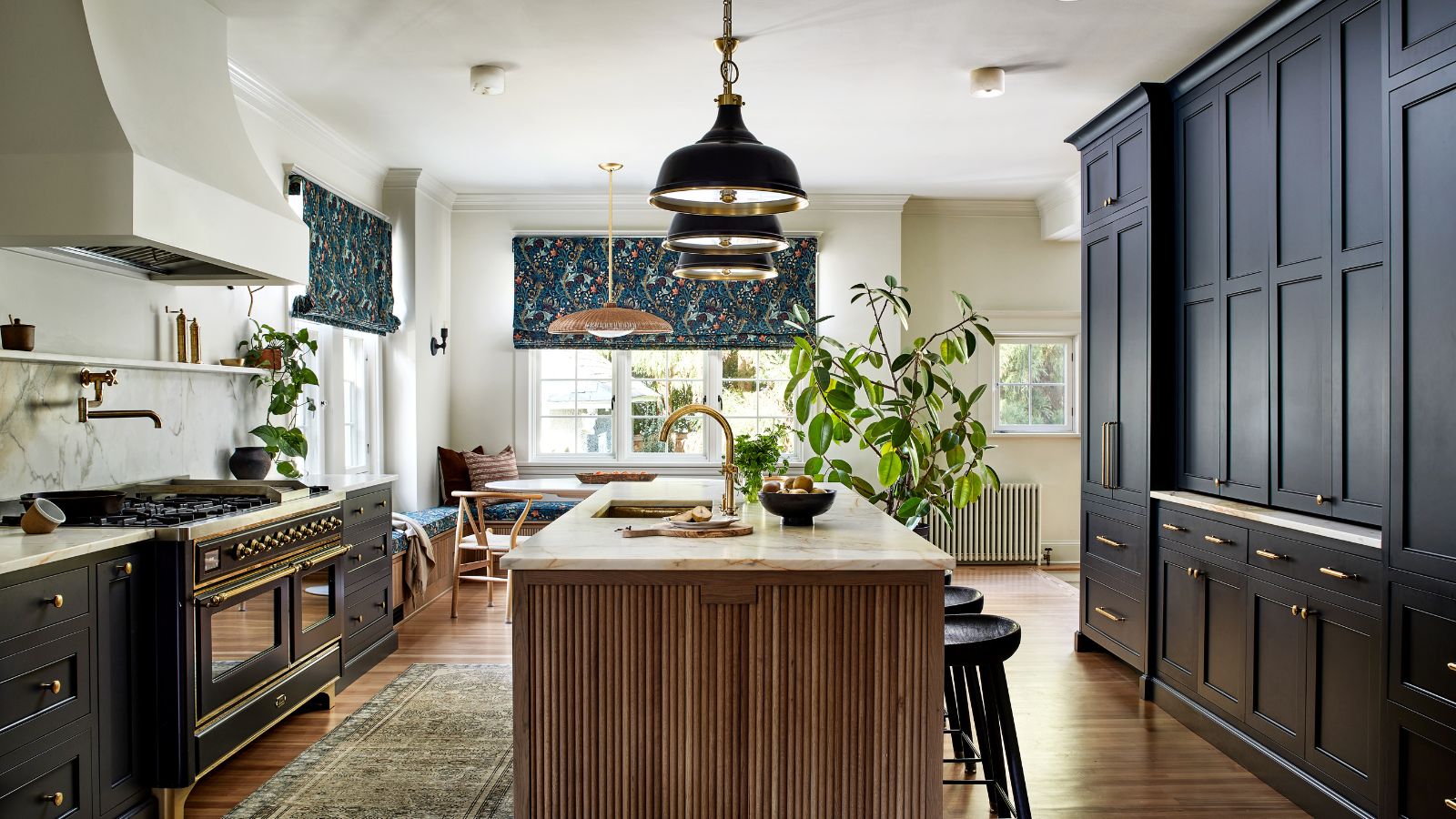 This once-dated kitchen is now a timeless space with the coziest details – and its the classic color palette that's made it a chic, welcoming space
This once-dated kitchen is now a timeless space with the coziest details – and its the classic color palette that's made it a chic, welcoming spaceWarming colors and natural materials combine to create this enduringly classic kitchen scheme
By Molly Malsom Published
-
 How to grow crepe myrtle in pots – and transform even the smallest of yards with dazzling flowers this summer
How to grow crepe myrtle in pots – and transform even the smallest of yards with dazzling flowers this summerGrowing crepe myrtles in pots will inject splashes of brilliant color into your outside space
By Thomas Rutter Published